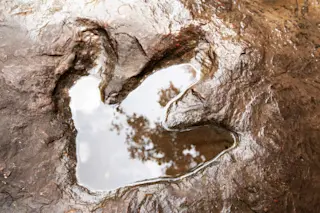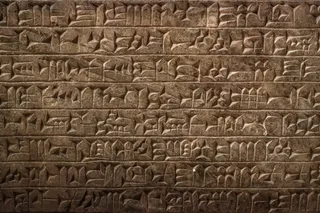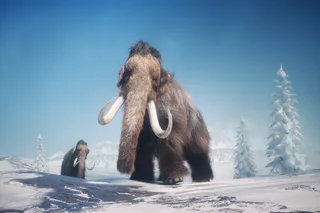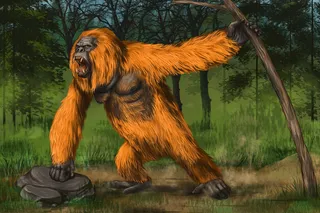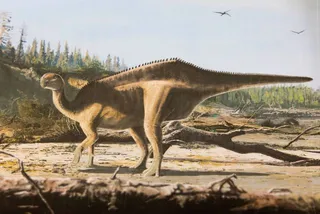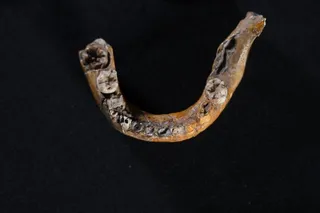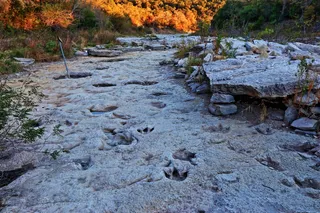Dinosaurs have had an enormous cultural impact, and although they didn’t achieve their fame until the modern age, their footprints may have still captivated curious groups of ancient humans. Recent research at a site in northeast Brazil containing primitive rock art adjacent to dinosaur footprints has revealed how humans interacted with the fossil record in prehistory.
The research, recently published in Scientific Reports, focused on three rock outcrops at the Serrote do Letreiro site in Brazil. The outcrops contained fossilized footprints of theropod, sauropod, and Iguanodontia dinosaurs, all alive during the Early Cretaceous Period. A collection of petroglyphs, or ancient rock art, representing various shapes and motifs were found next to most of the tracks.
The majority of petroglyphs were identified on two of the outcrops — labeled outcrops 1 and 3. Based on radiocarbon dating of burial sites in the region, researchers think the petroglyphs could have been carved ...



